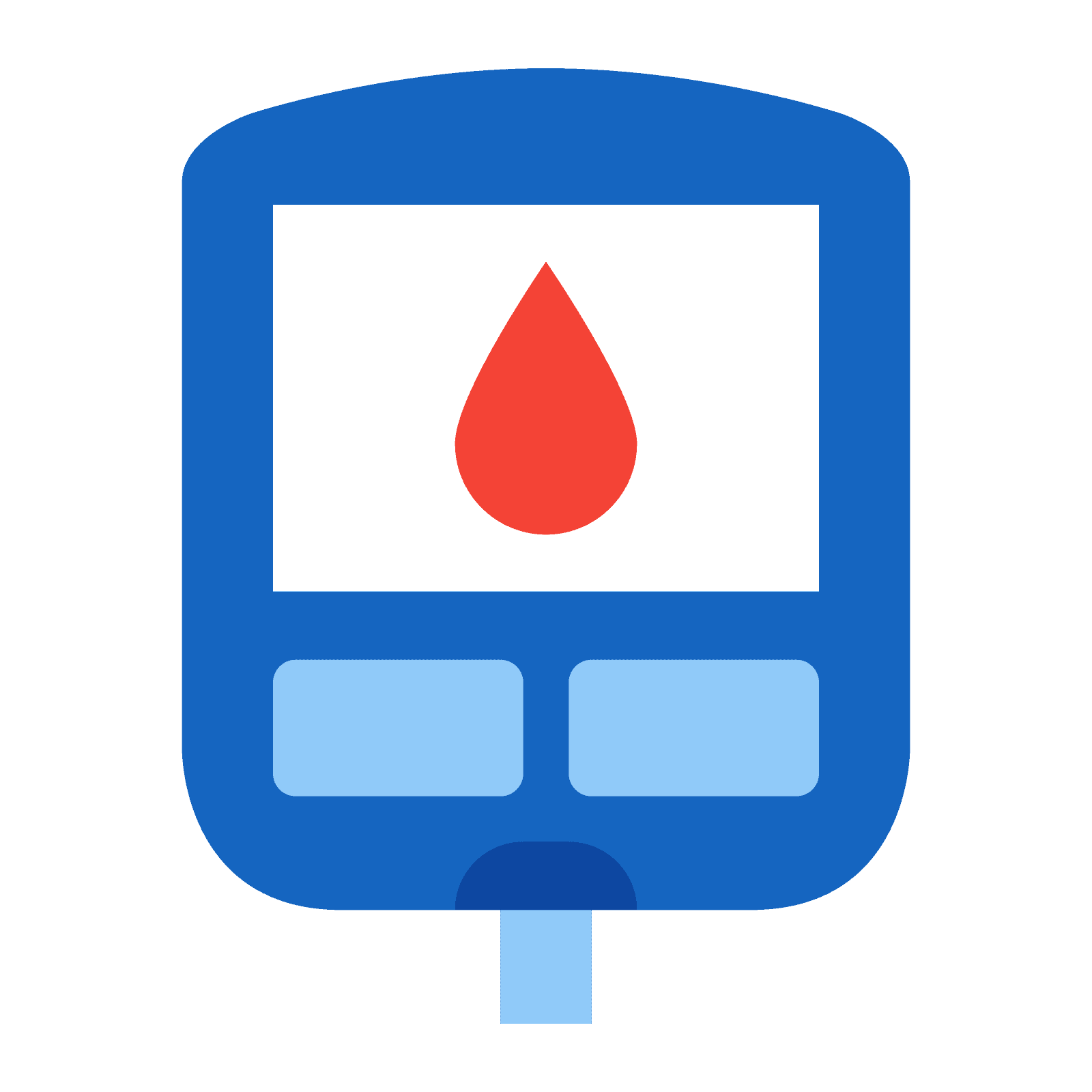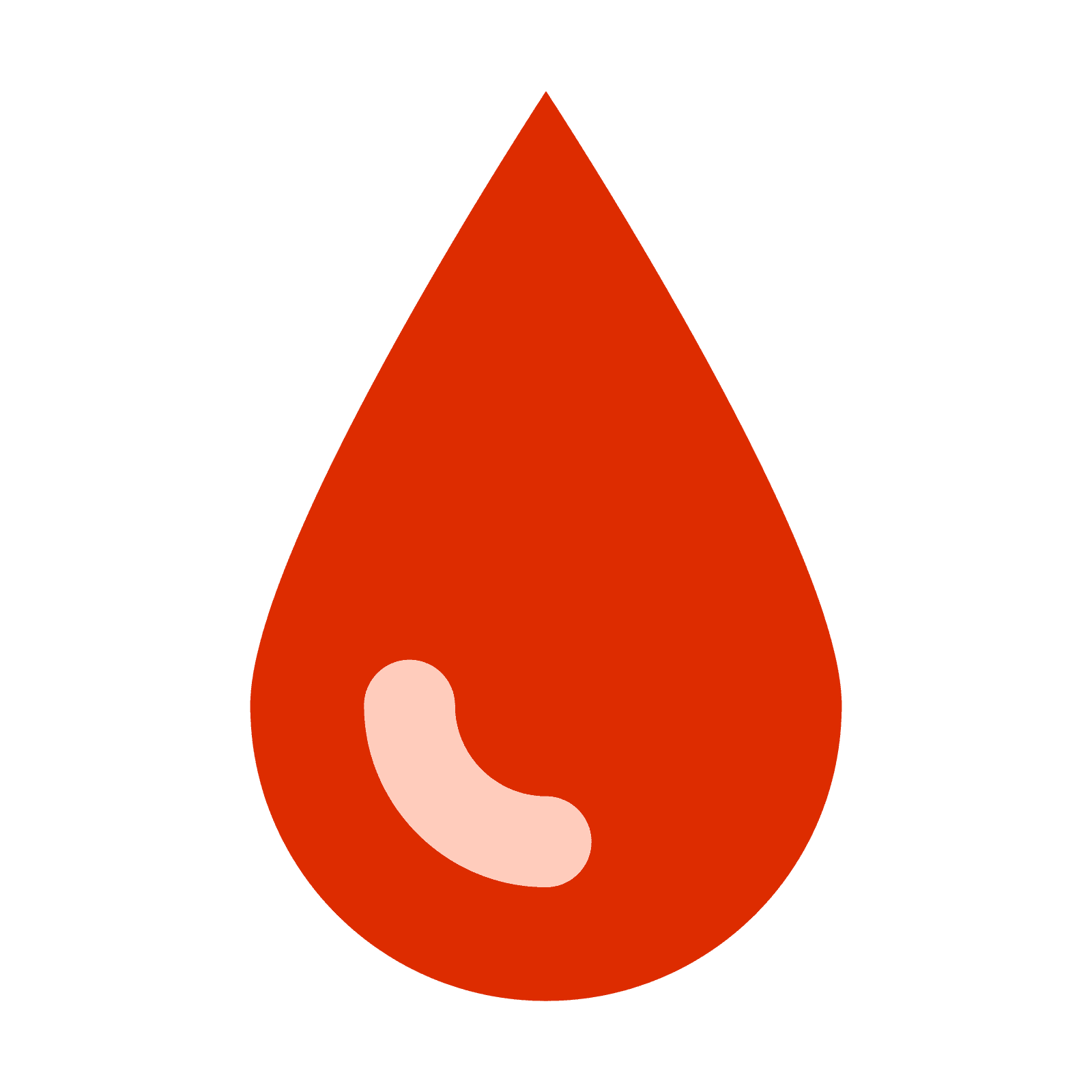
The Basics
Diabetes
What is diabetes? Learn how to prevent and manage diabetes with healthy foods, exercise, and medicine.
Medically Reviewed By:
Dr. Aashish Samat
Last Updated:
December 19th, 2022
What is Diabetes?
Diabetes is a long-term health condition that affects how our bodies turn food into energy.
Roughly 1 in 10 people in the United States have diabetes.
Our body breaks down most of the food we eat into glucose (sugar). The sugar goes into our bloodstream, and it’s called blood sugar. Usually, when our blood sugar goes up, our pancreas releases insulin. Insulin tells our cells to let in sugar from our blood and use it for energy. This brings our blood sugar back to normal.
Diabetes happens when we don’t make enough insulin, or our cells don’t respond to insulin enough.

Types of Diabetes
Diabetes is divided into three types: Type 1, Type 2, and Gestational.
Type 1 Diabetes: In type 1 diabetes, our immune cells destroy insulin-making cells. So, our body doesn’t make insulin. Type 1 diabetes usually starts in children, teens, or young adults, so it used to be called Juvenile Diabetes.
Gestational Diabetes: sometimes, a pregnancy can cause diabetes. This is called gestational diabetes. Usually, gestational diabetes goes away after the baby is born.
Type 2 Diabetes: 90-95% of people with Diabetes have Type 2 Diabetes. Type 2 diabetes happens when our cells respond less to insulin or our pancreas doesn’t produce enough insulin. So, blood sugar stays high. Type 2 diabetes is mainly caused by our diet and lifestyle. Usually, people have prediabetes before they develop Type 2 Diabetes.
How Do People Get Diabetes?
We don’t know exactly why Type 1 diabetes happens. It might be an autoimmune condition. Type 1 diabetes is likely triggered by genes and environmental factors, Type 1 diabetes can run in a family. Diet and lifestyle don’t cause Type 1 diabetes.
Pregnancies cause a variety of hormones and changes. In gestational diabetes, these changes cause some pregnant patients to develop insulin resistance. Diet, lifestyle, and weight also increase the risk of gestational diabetes.
Diet, activity, and lifestyle factors cause Type 2 Diabetes. Genes and your family history may also play a role.
How Does Diabetes Progress?
Type 1 diabetes usually develops quickly, and patients usually don’t have control over it.
Type 2 diabetes is a slow progression, in four stages, called Dysglycemia-Based Chronic Disease (DBCD) Stages 1-4
Insulin Resistance: cells start becoming resistant to insulin, but they still respond. Blood sugar is normal.
Prediabetes: Our bodies produce less insulin, or our cells become more resistant. The effect is bad enough to see high blood sugar levels. Prediabetes and insulin resistance are still reversible with diet and lifestyle changes.
Stage 3: The effect worsens, and blood sugar levels remain too high. Elevated blood sugar starts causing long-term damage.
Stage 4: The disease gets even worse, damaging our vascular system (blood vessels) and organs.
In general, patients with all stages of diabetes and high blood sugar might experience:
Urinating (peeing) too often, especially at night
Too thirsty
Too hungry, even if you are eating
Blurry vision
Losing weight without trying (type 1)
Feeling tired and weak
Feeling numb or tingling (pins-and-needles) at hands and feet (type 2)
Having dry skin
Cuts, bruises, and sores take a long time to heal
Getting lots of infections
Often patients with diabetes feel no symptoms, or these symptoms could be related to another condition. It’s important to speak with your doctor.
How Can You Tell if You Have Diabetes?

Symptoms alone are not enough to have diabetes. You have to get tested by your healthcare provider (doctor/nurse).
Diabetes tests include A1c, Fasting Blood Sugar Test, Glucose Tolerance Test, Glucose Screening Test, and Random Blood Sugar Test.
Treatment
Having high blood sugar for a long time causes problems, complications, in our bodies. This includes our eyes, feet, gums, hearts, kidneys, nerves, penis/vagina, bladders, and skin.
It’s important to talk to your doctor, stick to your treatment, and maintain a healthy lifestyle to prevent these problems.
Insulin resistance and prediabetes are reversible. Type 1 diabetes, and stages 3 and 4 of Type 2 diabetes are not reversible. But, we can use diet, lifestyle, and medications to stay healthy.
The best way you can help manage diabetes is by maintaining a healthy weight, diet, and lifestyle.
Managing Diabetes

Insulin
If your pancreas does not produce insulin, you may have to take artificial insulin. Your doctor may prescribe insulin in a needle, pen, or pump.

Medication
Your doctor may also provide medications to help release insulin, respond to insulin, control glucose, or prevent complications.

Glucose Monitor
Sometimes, your doctor may give you a continuous glucose monitor. This monitor has a sensor that goes under your skin on your belly or arm. The monitor checks your glucose level regularly, and it helps you make decisions about your diet, exercise, and medicines.
The best way you can help manage diabetes is by maintaining a healthy weight, diet, and lifestyle.
Diet

What Foods?
Your diet should have a balance between the major food groups:
Fruits like apples, oranges, bananas, berries, and grapes
Vegetables like broccoli, lettuce, carrots, tomatoes, and peppers
Starches and Grains like bread, rice, pasta, and potatoes
High Protein foods like lean meat, fish, eggs, beans, and meat substitutes (like tofu)
Dairy like milk, yogurt, and cheese
You can manage your food groups with the plate method. Fill:
Half your plate with non-starchy vegetables
One-quarter of your plate with fruits, starchy vegetables, and grains
One-quarter of your plate with protein foods
Your drink with water or low-fat or fat-free milk (dairy) or side with yogurt
Try to limit:
Fried foods and foods high in saturated fat and trans fat
Foods high in sodium (‘salt’)
Desserts like donuts, candy, cake, and ice cream
Sugary drinks like soda, juice, and sports drinks
When?
Eating is a powerful signal to raise blood sugar. Everyone’s meal schedule depends on their medication and insulin timing. Generally, it’s a good idea to eat about three times a day, every 4-6 hours. In between, have snacks if you’re hungry.


How Much?
You can manage your portions by counting the total number of calories you eat in a day. Your goal depends on your metabolism, weight, gender, age, and activity. Talk to your doctor about how much to eat.
If you don’t want to count calories, you can start by using the plate method with a plate that’s 9 inches wide.
The USDA created MyPlate, a website with recipes and flexible guidelines for healthy eating. You can always talk to your doctor/dietician and find an eating plan that’s right for you.
Active Lifestyle

Regular physical activity can help you manage diabetes, maintain a healthy weight, lose weight, manage blood sugar, and feel happier. A healthy goal is 150 minutes of moderate-intensity exercise per week, which means 20-25 minutes every day. There are a variety of moderate-intensity physical activities, like:
Brisk walking
Jogging/Running
Swimming
Biking
Mowing the Lawn
Sports like Basketball, Soccer, and Tennis

Blood Sugar While Exercising
With diabetes, it's important to think about your blood sugar during exercise.
Drink lots of water before, during, and after exercise.
If your blood sugar is too low (under 100 mg/dL), eat a small snack before exercise and let your blood sugar rise to a safe level.
If your blood sugar is too high (above 240 mg/dL), it may not be safe to exercise. Check your urine (pee) for ketones. Don’t do vigorous (hard) exercise if you test positive for ketones.
After exercise, check your blood sugar to see how much it has changed.
Learn More
American Diabetes Association: https://diabetes.org/diabetes
CDC: https://www.cdc.gov/diabetes/basics/diabetes.html
NIH’s NIDDK: https://www.niddk.nih.gov/health-information/diabetes/overview/what-is-diabetes
Mayo Clinic: https://www.mayoclinic.org/diseases-conditions/diabetes/symptoms-causes/syc-20371444
